A handy breakout board for Atmel ATmega328PB - including USB-UART converter, 5V regulator, ceramic resonator
Designed by LeoNerd's Store in United Kingdom
Buy with confidence.
Our Tindie Guarantee protects your purchase from fraud. Learn More
Still active despite the COVID-19 situation; though shipping times will be slightly slower at the moment.
Summary ATmega328PB mounted on a breakout board AVR standard 6-pin ISP header USB-UART bridge for USB-accessible serial port Onboard ceramic resonator Arduino-compatible serial bootloader Configurab…
Read More…This breakout board combines Atmel's updated ATmega328PB chip with a handy USB-to-UART bridge chip, a 5V regulator, and a ceramic resonator. The setup is similar to the familiar Arduino Nano board, but whereas the Nano uses an ATmega328P chip, this board has the new PB variant.
The Atmel ATmega328PB is a new chip that expands on the popular ATmega328P, familiar to many as the core chip of many boards in the Arduino platform. The 328PB contains the same peripherals, CPU core, and IO pins as the 328P, but adds several new peripherals as well.
Top of the list, the 328PB adds four new digital-capable GPIO pins on a brand new port bank, PORTE.
The 328PB has two USART, SPI and TWI (I²C) modules, as compared the 328P's single one of each. The USART module has gained a new ability - an interrupt that can wake the CPU from sleep at the start of receiving a byte, as well as when one is complete.
It also has five timers (adding two more copies of the 16bit unit as Timer3 and Timer4), giving it a total of ten PWM-capable output pins and three input-capture channels.
For a full comparison between the 328P and 328PB, see Atmel's documentation.
This board makes available every IO pin on the chip, with the exception of the PB6 and PB7 pins which are assigned to the onboard ceramic resonator. The pins are labelled with Atmel's pin designations for them minus the leading 'P' - B0, B1, B2, and so on.
The board also contains an onboard 78L05 regulator, capable of sourcing up to 100mA when Vin is connected to a source anywhere from 7V to 30V (though it is recommended not to attempt to dissipate too much power through the regulator, as it will overheat the board).
Finally, the board contains a CH340T USB-to-UART converter chip attached by a USB miniB connector. This is connected to the ATmega328PB's USART0 peripheral by configurable links - see below.
The links on lines between the UART converter chip and the ATmega328PB are all made using soldered components, making it easy to reconfigure which ones are connected.
| CH340T | ATmega328PB | Reference | Value | Shipped |
|---|---|---|---|---|
| RXD | PD1 = RXD0 | R6 | 1k | yes |
| TXD | PD0 = TXD0 | R5 | 1k | yes |
| CTS | PD4 | R3 | 1k | - |
| RTS | PD3 = INT1 | R2 | 1k | - |
| DTR | RESET | C5 | 100n | yes |
As shipped, the resistors linking the main transmit and receive lines are in place, as is the capacitor linking DTR to the reset line. This combination is standard for Arduino-type boards, and lets the serial bootloader work through USB. This makes the board fully compatible with AVR109 and Arduino-style serial-based bootloaders.
There is also the possibility to link the serial handshaking lines CTS and RTS to two more GPIO pins by adding two more 0603-sized resistors. Alternatively, any of the standard connections can be broken by removing the existing components.
A handy extra feature not found on other ATmega boards is the addition of some reference icons, reminding you where the USART, SPI and I²C modules are, and the specific function of each pin in those ports. These icons come in handy when connecting up this commonly-used functions on a breadboard, reminding you which wire goes where.
Of course, no AVR development board would be complete without the standard 2x3 ISP connection header. This board naturally contains one, next to a convenient reset button.
This board is supplied with two 15-way pinstrips and a 2x3 double-row pinstrip for the ISP header. These come unsoldered so as not to risk damage during transit. You'll have to solder them in place if you wish to use them.
This board comes pre-loaded with Optiboot, a small-sized Arduino-compatible bootloader so it should support direct uploads from Arduino IDE or avrdude -c ardunio over the USB serial port.
The CPU speed is set by the ceramic resonator. A choice of the following four frequencies is available:
| Frequency | Purpose |
|---|---|
| 14.7456MHz | Fast serial baud rate divisor (achieves 115200baud) |
| 16MHz | General-purpose (Arduino-compatible) |
| 18.432MHz | Fast serial baud rate divisor (achieves 115200baud) |
| 20MHz | General-purpose (fastest that the chip can achieve) |
No country selected, please select your country to see shipping options.
No rates are available for shipping to .
Enter your email address if you'd like to be notified when ATmega328PB Development Board can be shipped to you:
Thanks! We'll let you know when the seller adds shipping rates for your country.
| Shipping Rate | Tracked | Ships From | First Item | Additional Items |
|---|---|---|---|---|
|
:
|
Product: (5.00)
Documentation: (4.00)
Shipping: (5.00)
Communication: (5.00)
Ashar | March 22, 2019
Henning | April 25, 2018
Bob | Feb. 19, 2018
Buy with confidence.
Our Tindie Guarantee protects your purchase from fraud. Learn More
Twickenham, England, United Kingdom
Ships from United Kingdom.
34 Reviews | 491 Orders
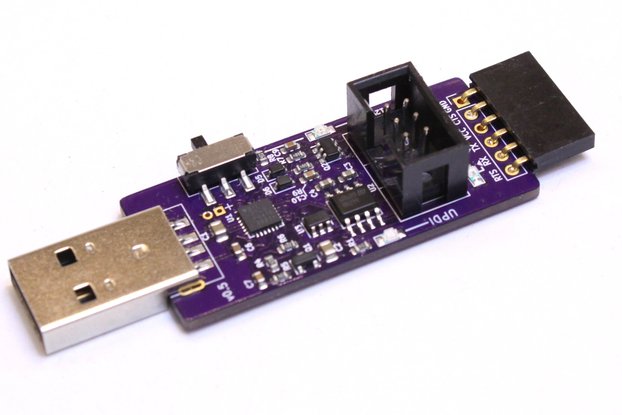
$35.00
Free Shipping!
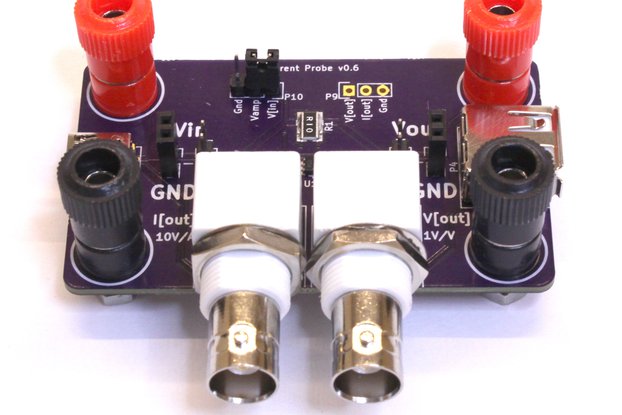
$36.00
Free Shipping!
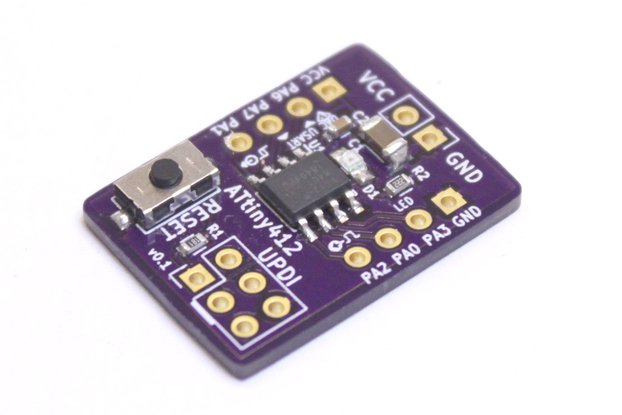
$12.00
Free Shipping!
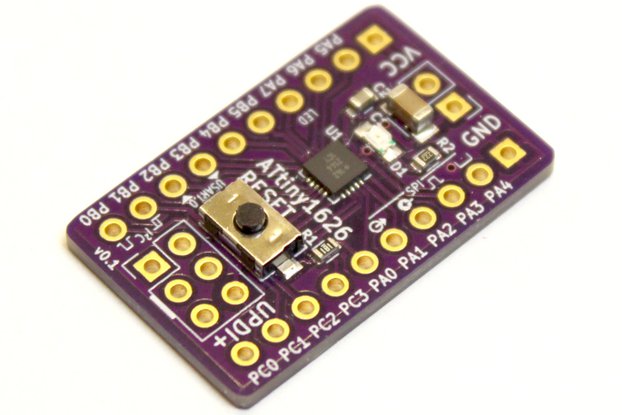
$15.00
Free Shipping!
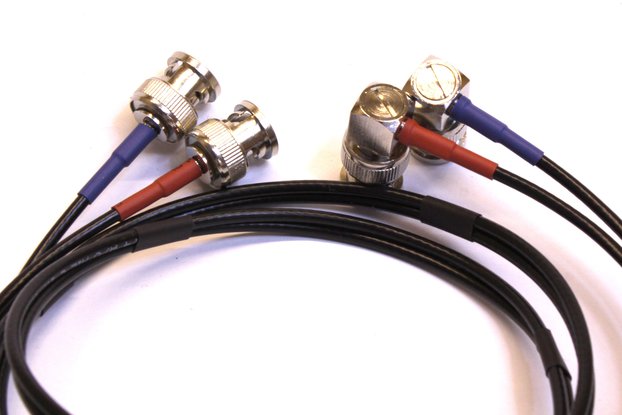
$24.00
Free Shipping!
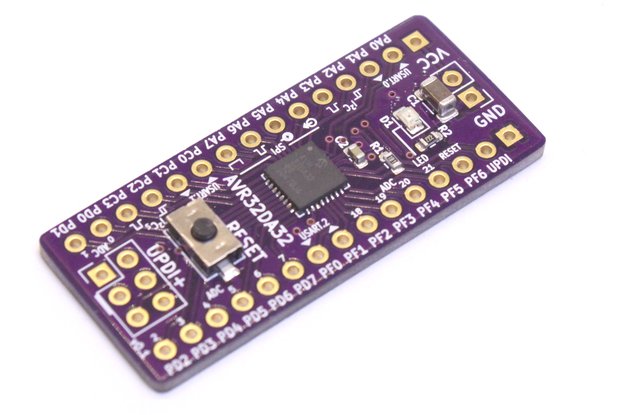
$18.00
Free Shipping!
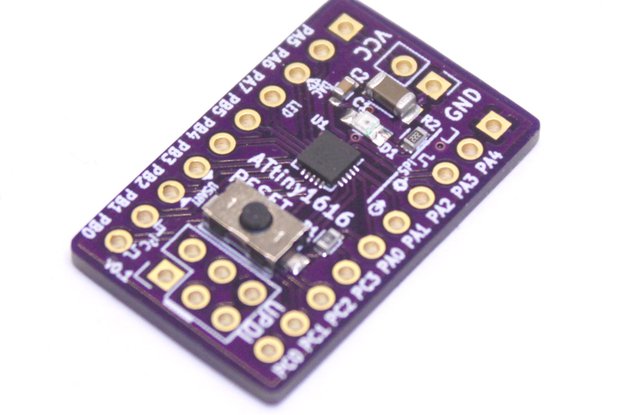
$15.00
Free Shipping!
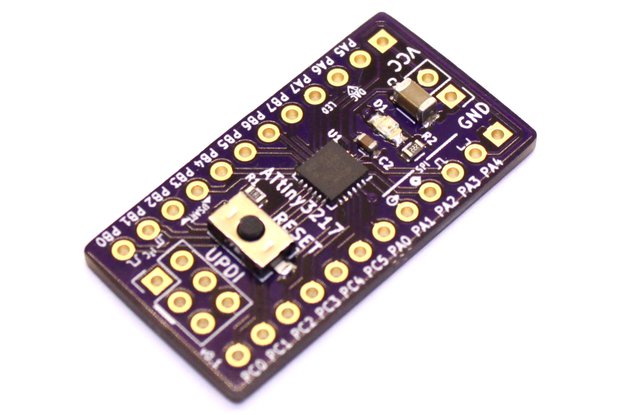
$18.00
Free Shipping!
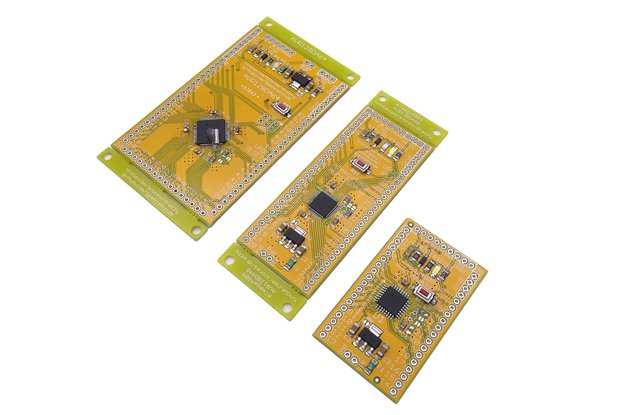
$15.00
Free Shipping!
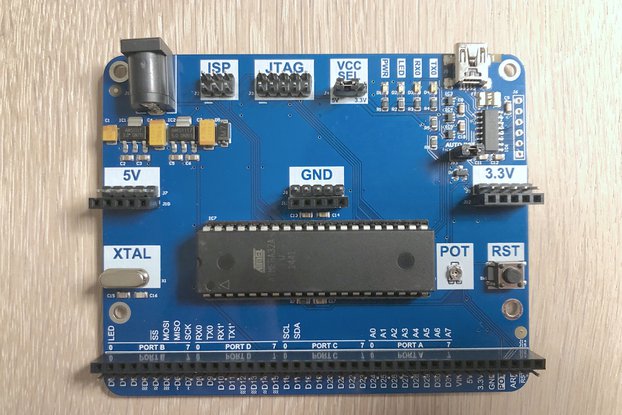
$45.00
Free Shipping!

$25.00
Free Shipping!
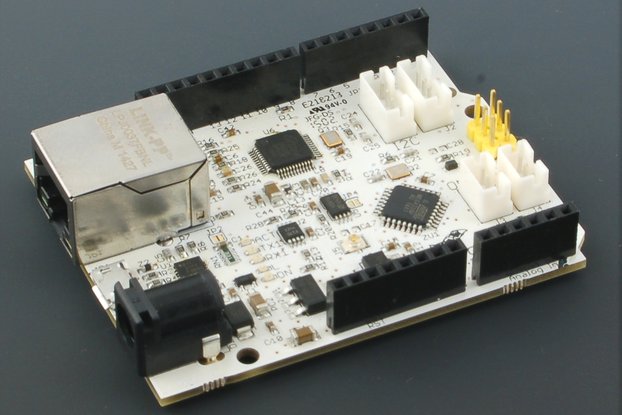
$22.95
Free Shipping!
By clicking Register, you confirm that you accept our Terms & Conditions
We recognize our top users by making them a Tindarian. Tindarians have access to secret & unreleased features.
We look for the most active & best members of the Tindie community, and invite them to join. There isn't a selection process or form to fill out. The only way to become a Tindarian is by being a nice & active member of the Tindie community!
